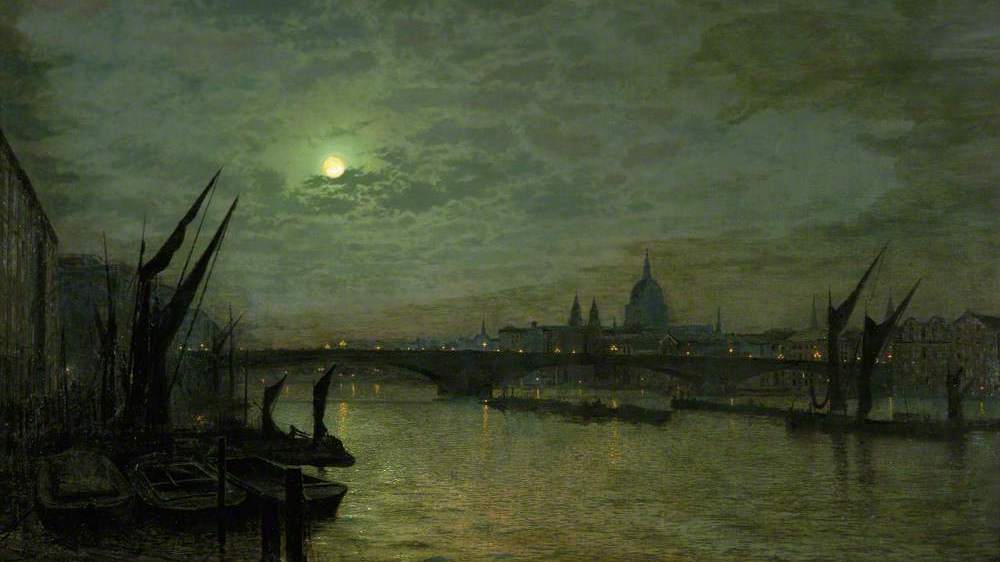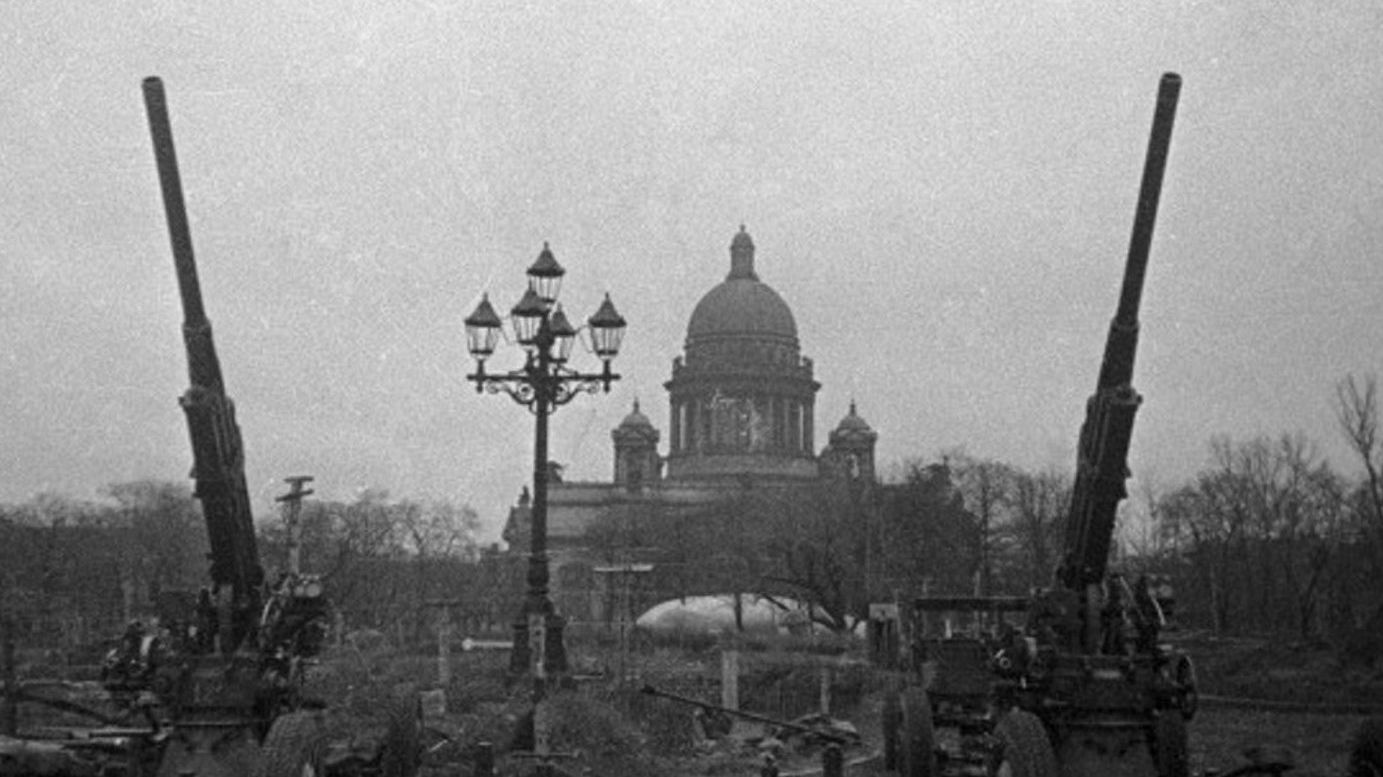Elgar’s “Enigma Variations”: Beyond Sketches and Riddles
“A man is known by the company he keeps,” said the ancient Greek fabulist, Aesop. For Sir Edward Elgar, it was associations with a circle of friends, each with their distinct personalities and quirks, that inspired the orchestral masterwork, Variations on an Original Theme, Op.36, popularly known as the Enigma Variations. According to the story, it began on an October evening in 1898 at Elgar’s home in the Worcestershire countryside. Puffing on a …







